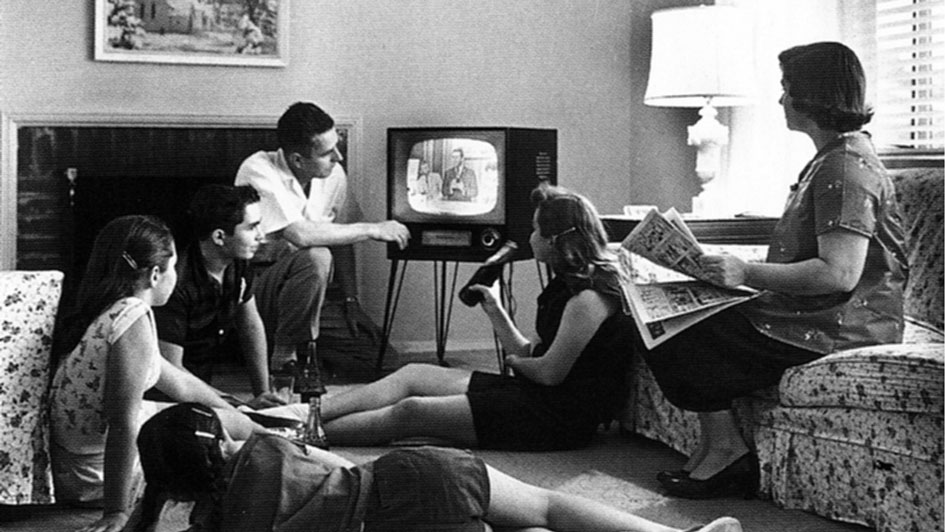
There’s no doubt that the upcoming Super Bowl in the United States will be a major driver of TV purchases. In fact, a recent survey from FatWallet.com reports that of the 30 per cent of US consumers planning to buy a new TV in 2014, more of them will make the purchase in the run up to the Super Bowl than during Black Friday sales, Cyber Monday or any other peak shopping time throughout the year. The upcoming football World Cup in Brazil is also likely to lead to a global surge in television sales as sports fans look to improve their game-watching experience by splashing out on high quality home entertainment systems. It’s interesting to note that, despite the challenging economic conditions, consumers are still prepared to spend a lot of their hard-earned cash on high quality technology.
The global recession has seen consumers make significant changes to their purchasing habits and leisure pursuits. A major trend we’re seeing is people ‘nesting’ more at home with their families, and experts say that technology provides the perfect form of escapist entertainment. People want to be distracted until the challenging times pass on by, and television in particular affords consumers a complete break from reality right from the comfort of their living rooms. With people spending more time in their homes, it’s only natural that consumers want to create the best possible viewing conditions that they can afford.
In light of all of this, it’s not surprising to see that the results from our own in-store sales campaigns are showing average sale values or Average Basket Value (ABV) for televisions were up 20 per cent year-on-year during the Back to School (BTS) period in the UK from £926 in 2012 to £1,111 in 2013. Similarly during peak season, there was an ABV year-on-year increase of 43 per cent, from £841 in 2012 to £1,200 in 2013. These statistics not only reflect an improved economy and increased consumer confidence, but also the trend towards people spending big bucks on home entertainment systems. In 2013, people were more prepared to upgrade to larger, more expensive televisions than in 2012, and we can only expect more of the same in 2014.
SEE ALSO: Europe’s Warm Embrace to Advertising
These ABV stats are also an indication of how important having effective in-store promoters is in guiding the journey in-store, capitalizing upon all the above and driving sales. The effectiveness of TV and online advertising should not be questioned, but it also cannot work in isolation. The purpose of advertising is to drive customers through shop doors, but it doesn’t necessarily guarantee that footfall will translate into sales. Having in-store staff that are trained to articulately deliver a brand’s key messaging is essential. This human element within the shopping experience is key and what many consumers visit the store for – the ability to have a real conversation with an expert and receive guidance in making a decision. Empathy is crucial, particularly in a category like televisions where consumers are not likely to be experts on the products and fearful of making the wrong choice and wasting money.
A major sporting event like the Super Bowl is a gift to technology retailers, especially those in the television industry. With a ready-made calendar hook to fuel footfall, technology brands need to put the work in to convert this appetite into increased sales. Brands must ensure that they implement a through-the-line approach to convey a seamless message in-store, where every available touch point is utilized to maintain the brand experience and drive sales with a higher average basket value.